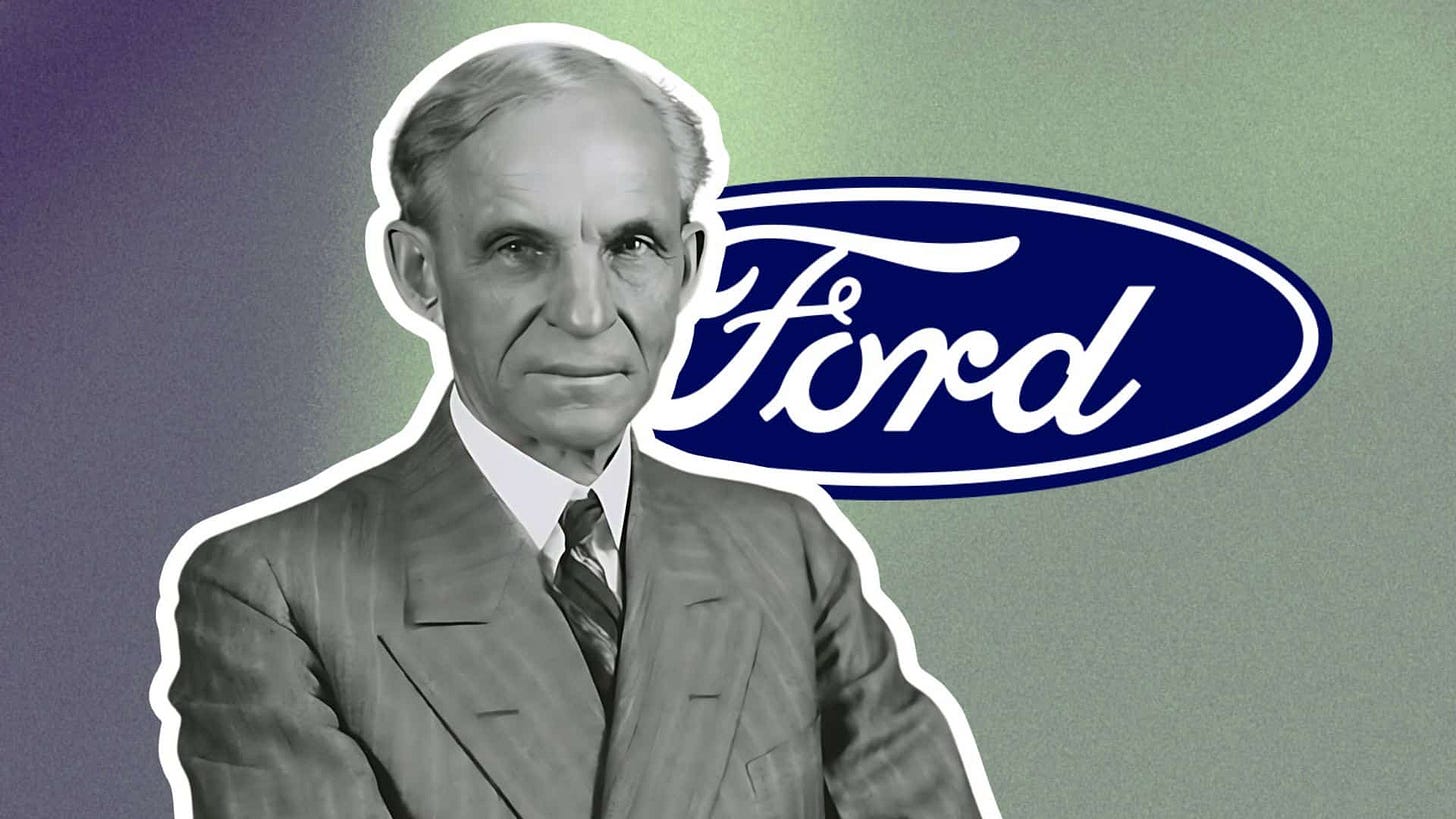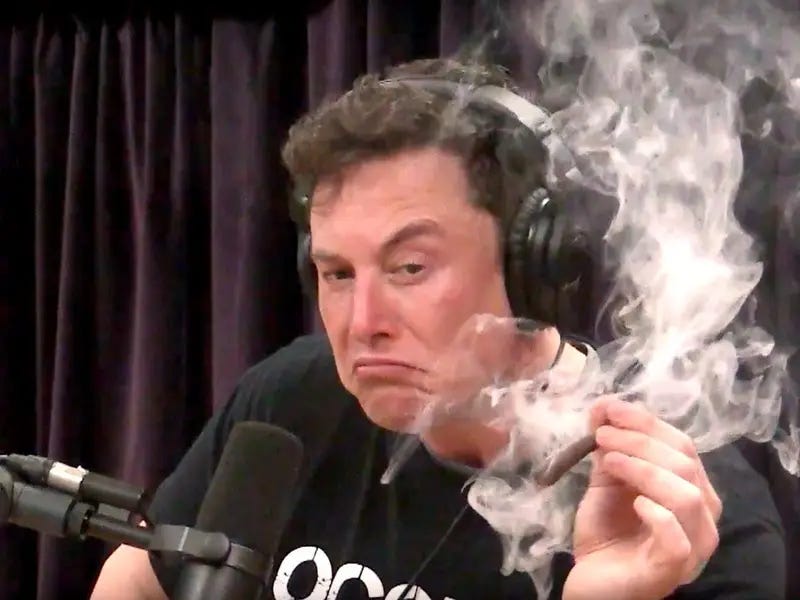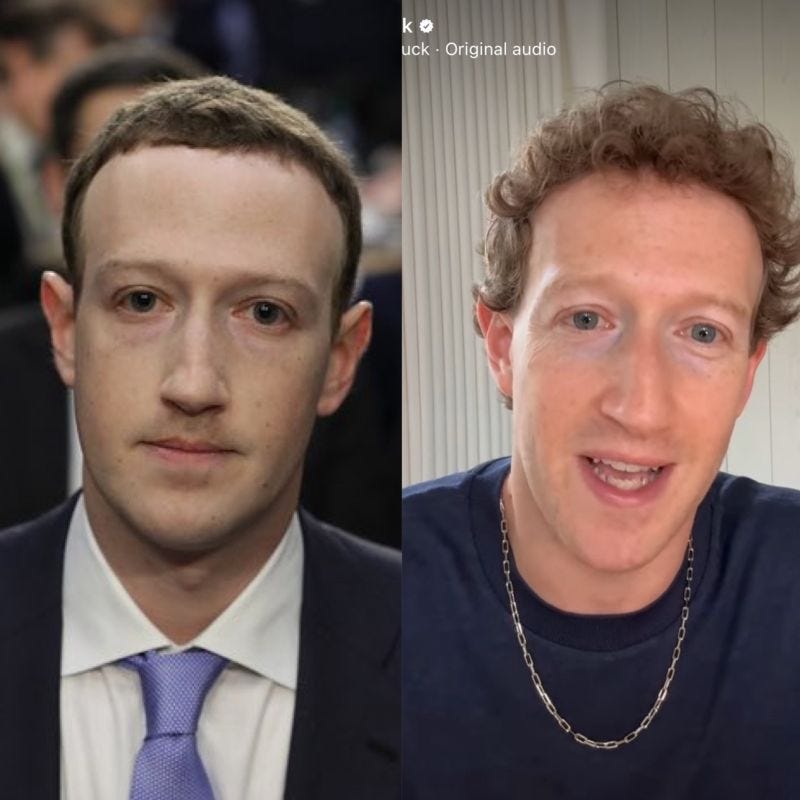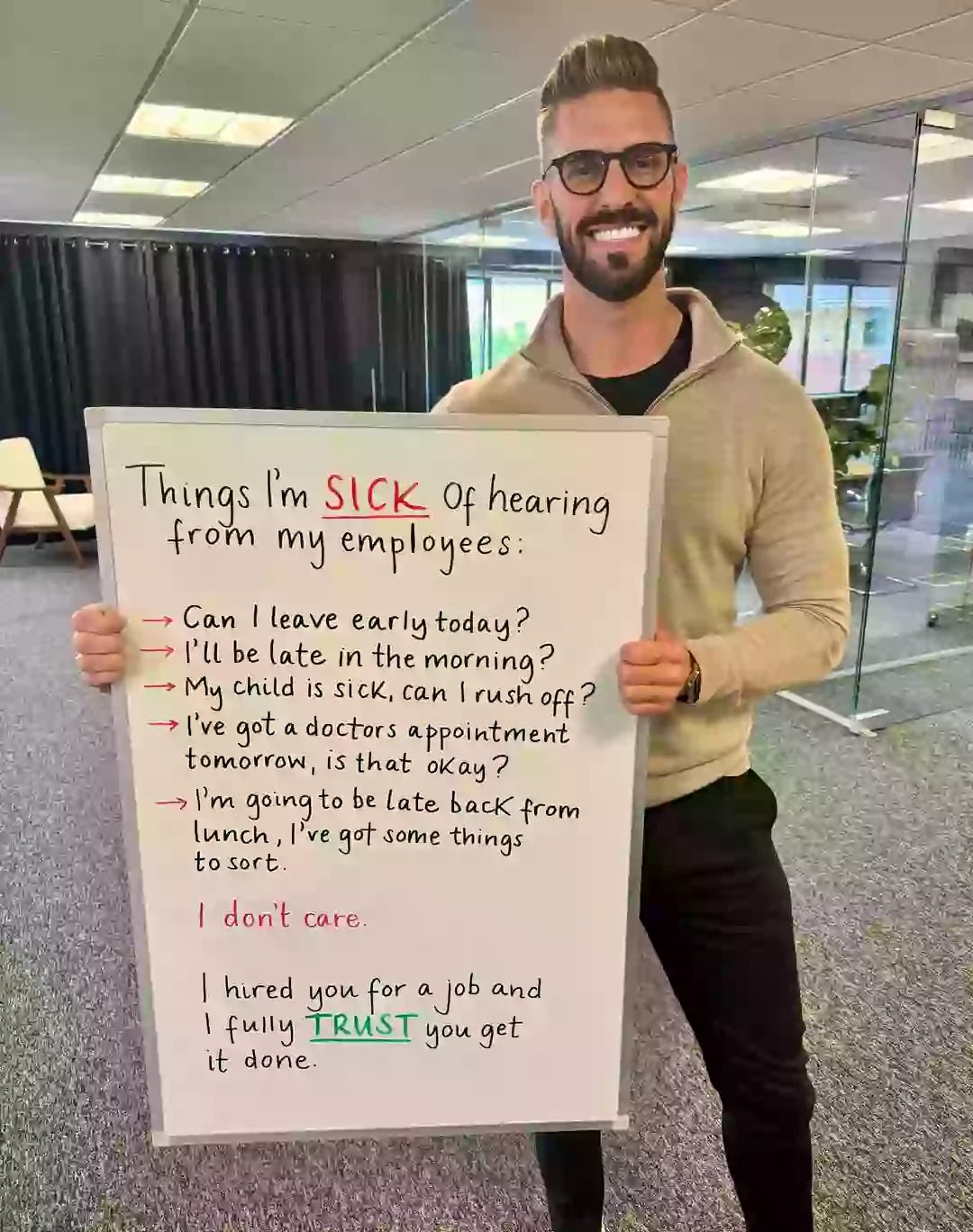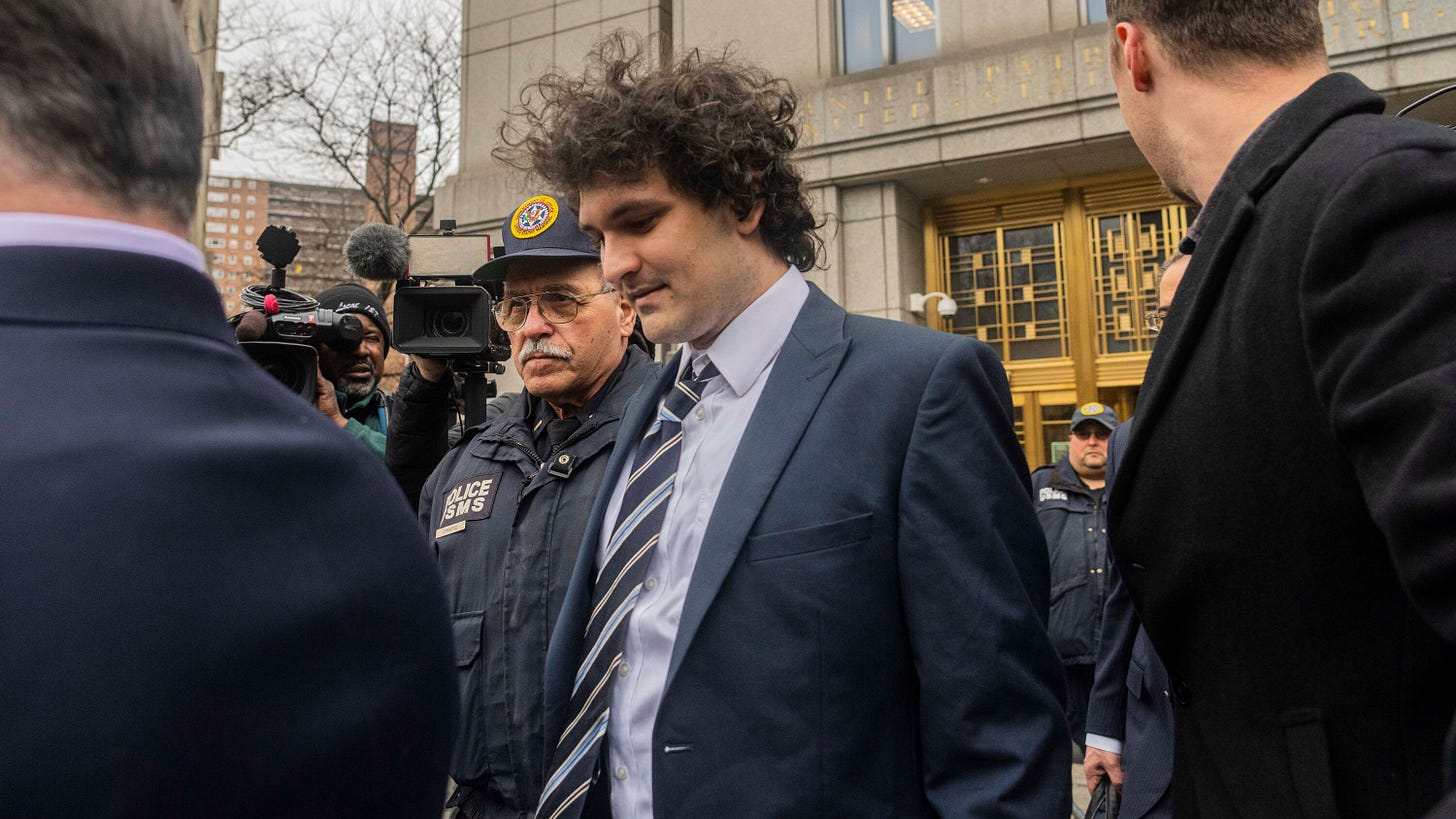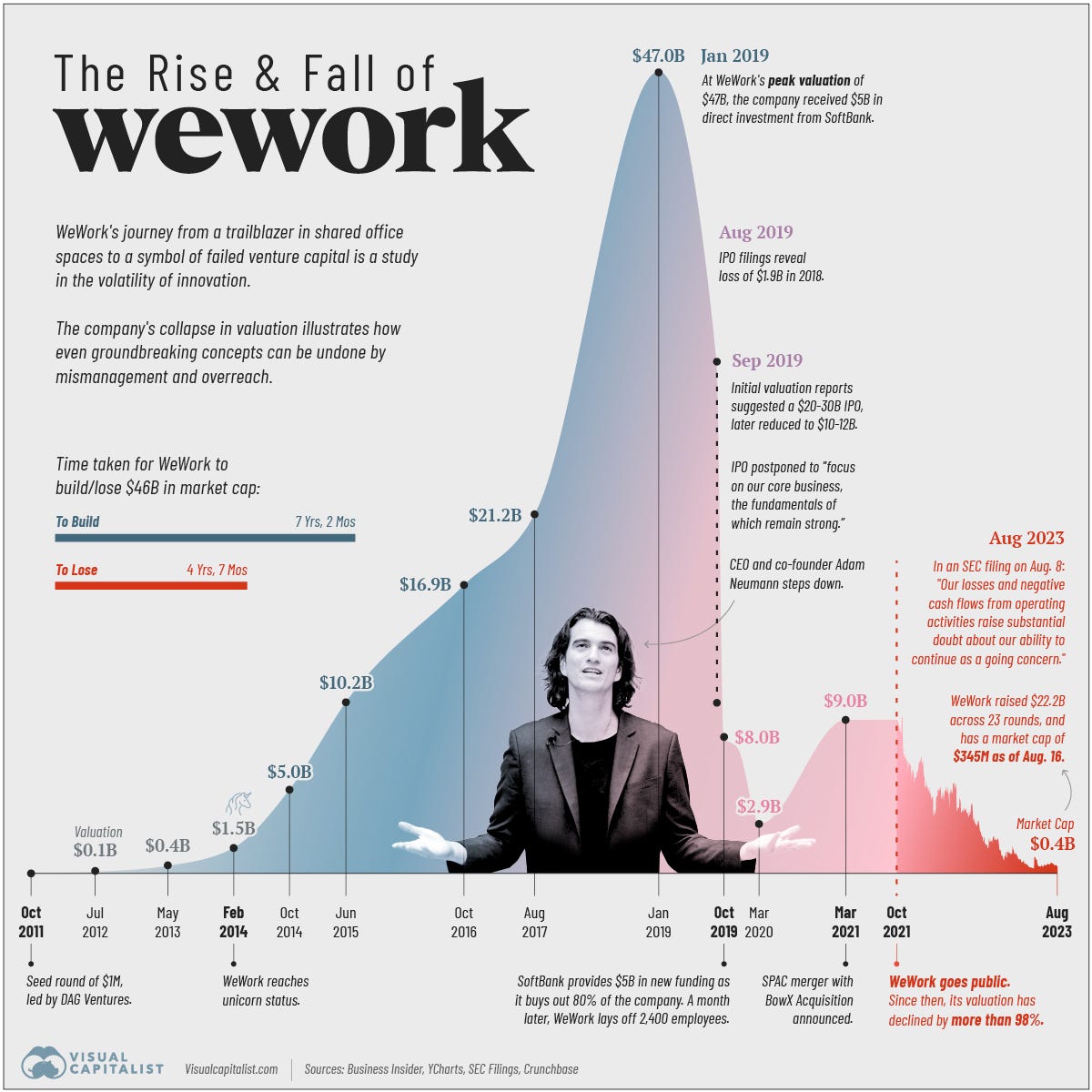Ryan Reynolds in front of a green screen, roasting phone plans like it’s a Netflix special. No big budget. No ad agency. Just Deadpool and a data plan. Mint Mobile didn’t have a big ad budget or a viral TikTok campaign. They had Deadpool. And it worked: T-Mobile acquired the company for $1.35 billion.
Reynolds wasn’t a marketing gimmick. He was part-owner, face of the brand, and its loudest voice. Whether intentional or not, Mint Mobile became another example of a growing trend: the rise of the celebrity CEO.
Some are entertainers. Some are engineers. Some are chaos agents. But one thing’s clear: the modern CEO is no longer just a corporate operator. They’re a persona, a story, a signal.
This isn’t about whether your company should slap a ring light on the CFO and send them to Instagram. It’s about understanding the cultural shift that’s made CEOs more visible, more influential, and occasionally, more unhinged than ever before.
A Brief History of the Celebrity CEO
The idea of the charismatic business leader isn’t new. Henry Ford wasn’t just a carmaker—he was a national figure who wrote editorials, made grand pronouncements about industrial society, and became a symbol of American innovation. John D. Rockefeller was another. He dominated headlines, earned both admiration and fear, and eventually rebranded his image through large-scale philanthropy.
These figures became famous not just for what they built, but for how they positioned themselves in the public consciousness. They were early examples of how a CEO could shape not just a company’s strategy, but its narrative.
Back then, CEO fame was mostly distributed through newspapers, speeches, and the slow churn of reputation. It took years to build. Today, it takes a tweet.
The Modern CEO: Meme Lords, Mavericks, and Media Machines
Fast-forward to the startup era. Steve Jobs turned product launches into sermons. Richard Branson made himself the face of fun capitalism. And then Elon Musk arrived, armed with Dogecoin memes and a penchant for chaos.
These new-era CEOs didn’t just lead companies. They became the headline. Investors didn’t just buy stock in Tesla. They bought stock in Musk. Charisma became capital.
For better or worse, the CEO stopped being just a person in a boardroom. They became a brand. And that brand had influence, reach, and, often, fans. Actual fans.
The change didn’t happen overnight. It crept in alongside social media, startup culture, and the media’s obsession with visionary founders. Somewhere between Zuckerberg’s hoodie and Neumann’s barefoot boardrooms, the mold broke.
And then there’s Mark Zuckerberg, who once couldn’t post a photo without getting ratioed by lizard memes. But lately? He’s been wakeboarding in sunglasses, winning jiu-jitsu tournaments, and doing just enough self-aware content to give Meta a surprising rebrand. He’s gone from social robot to social rebel. Is it calculated? Definitely. Is it working? Surprisingly, yes.
Personality as a Platform
So what does a modern CEO do with all this attention?
They cook chilli on Facebook Live, if you’re John Legere. They post vulnerable Instagram stories if you’re Emily Weiss. They ghostwrite thinkpieces, hop on podcasts, drop tweet threads, and occasionally, launch spaceships.
This isn’t marketing in the traditional sense. It’s ambient influence. It’s founder-as-fandom. The CEO is no longer behind the curtain—they are the curtain. And the spotlight.
Weiss didn’t just build a beauty brand—she built a community that trusted her because they knew her. Legere didn’t just sell phone plans—he sold a vibe. His weekly slow cooker streams pulled millions of views and, somehow, made T-Mobile look cool.
Even quieter CEOs like Microsoft’s Satya Nadella have learned to embrace this shift. Through blog posts and keynote appearances, Nadella has shaped Microsoft’s image as calm, ethical, and forward-looking—all traits he embodies personally. It’s not loud, but it’s intentional.
People don’t just want the product anymore. They want to know who made it, what they believe, and if they’d be fun at a dinner party.
Going Viral on Purpose
Then there are the CEOs who don’t just show up online. They weaponise it.
Musk sold short shorts for $69.420 as a middle finger to Tesla critics. They sold out in minutes. Was it childish? Yes. Was it brilliant PR? Also yes.
This is the playbook: lean into internet culture, get people talking, and let the memes do the distribution.
It’s not always about being funny, either. Sometimes provocation is the strategy. Trump bypassed the media entirely and turned his Twitter feed into a political campaign. For years, he treated the presidency like a brand he was building in real time.
And then there’s the chaos factor. CEOs tweeting half-baked opinions at 3am. Cryptic posts. Sudden rebrands. Whether it’s accidental or part of a bigger strategy, the spectacle gets attention.
In the attention economy, attention is currency. And CEOs are learning how to spend it. Virality isn’t a side effect anymore. It’s a KPI.
The Fallout
Of course, when the CEO becomes the brand, things get risky.
Sam Bankman-Fried built FTX on the image of the humble genius who slept on beanbags and wanted to save the world. That image helped him raise billions. It also made the collapse personal.
When it turned out he wasn’t a quirky savant but allegedly just another conman, the backlash wasn’t just financial. It was emotional. People felt duped.
Same with Adam Neumann, who sold WeWork as a consciousness-elevating movement with kombucha on tap. Investors were all in—until they saw the numbers. When the IPO blew up, so did the myth.
And sometimes, it’s not about scandal. Sometimes the CEO just becomes the bottleneck. If the brand is one person, and that person leaves, gets quiet, or melts down, the identity disappears with them.
A strong personal brand can lift a company. But if it cracks, the fall is harder, and messier.
What This Means (And Doesn’t Mean)
This isn’t a call to action for founders to start tweeting in all caps or launching cookware livestreams.
Most CEOs aren’t influencers. And most companies don’t need them to be. In fact, for most companies, this playbook would be a disaster.
But we are in a moment where CEO visibility shapes perception. For some brands, that’s a moat. For others, it’s a liability waiting to happen.
If you’re in marketing, it helps to be aware of it. Guide your leadership team where it makes sense. Know the risks. Don’t force it. And remember: charisma can’t fix a bad product, but it can delay people noticing.
And if your CEO does want to step into the spotlight? Help them do it with intention. Make it strategic. Make it human. And make sure someone’s reading the tweets before they go live.
The new reality is this: a CEO’s personal brand doesn’t need to be your marketing strategy. But it will be part of your brand story. Whether you like it or not.
Final Thought
You don’t need your CEO to go viral.
But you should be paying attention to the ones who do.
Because in a landscape where founders are brands, stories are strategy, and the internet never sleeps—the CEO might not be your marketing plan, but they are part of the narrative.
And that narrative? It spreads faster than any campaign, costs nothing to launch, and is impossible to control once it's out there.




